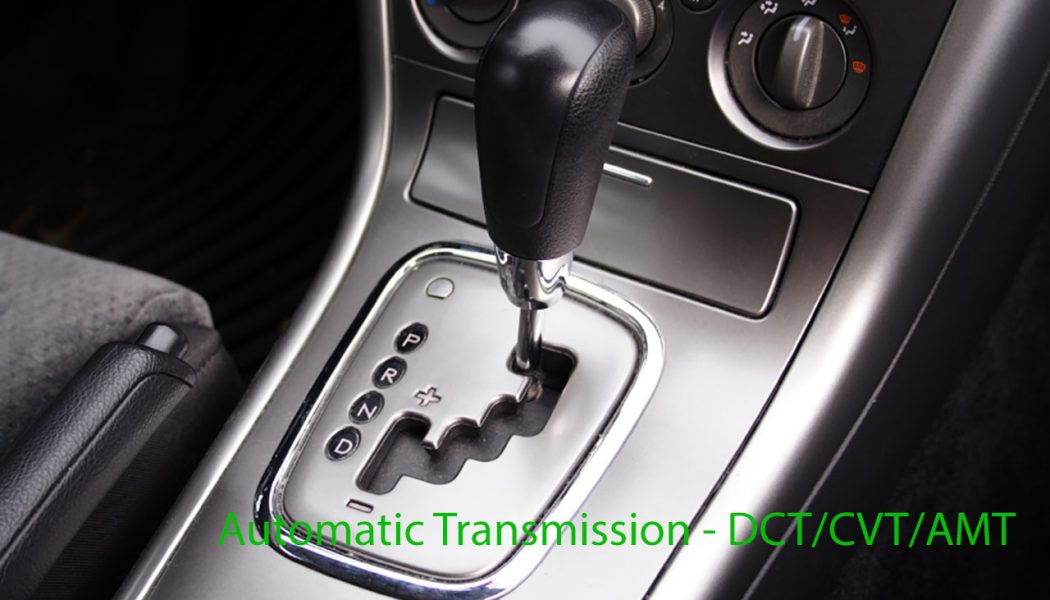When we think of buying a Car, we decide upon the Transmission System. We have options of Manual and Automatic Transmission. Both have their own Pros and Cons. Those who prefer to have Power and Control with them would go for Manual Transmission. But for those who love to have a relaxed drive, Automatic Transmission is the best. Again, there are different types of Automatic Car Transmission Systems
- Dual Clutch Transmission or DCT
- Continuously Variable Transmission or CVT
- Automatic Manual Transmission or AMT
Each of these Automatic Transmission Systems also have their Pros and Cons. Let us have a look into these three types of Transmission Systems. For ease of understanding, we all know that Automatic Transmission Systems do not need the driver to apply the Clutch and change the Gear manually. But there are a number of components that achieve this Automatic Transmission.
We have the Engine, Gear System, Torque Converter and the Transmission – all working together to provide us the Automatic Transmission. Of these, the Torque Converter is the vital component of every Automatic Transmission System.
Dual Clutch Transmission
A DCT has two Clutches called Main and Dog Clutches. These two control the Even and Odd Gears in a Six Gear DCT. The first Clutch controls the Odd Gears and the second one controls the Even Gears. DCT also has two Transmission Shafts that control the Gear Ratios. DCT provides driver comfort and efficiency. You will not feel the jerk while changing the gears as the process is very smooth. Those who love Manual Transmission can opt for DCT as the Fuel Efficiency is more. DCT is used in higher end and racing cars. It is the costliest of the three.
Continuously Variable Transmission
CVT employs a Pulley System which has an infinite gear ratio and provided efficiency in Automatic Transmission compared to DCT. Many do not like CVT because they do not feel the power drive with CVT. This is more efficient compared to DCT and AMT.
Automated Manual Transmission
Though Gear Changes happen automatic in AMT, Clutch needs to be applied between gear changes. The Clutch disengagement happens automatically, using Hydraulic Actuators. It is the weaker one comparing the DCT and CVT but it is cheaper. The Gear Shifts are jerky and not instantaneous. But AMT offers Reduced Torque Interruption, lower Clutch Damage and Optimized Fuel Consumption. For entry-level and cheaper cars, AMT is the best solution.
Conclusion
Every Transmission System has its own plus and minus points. It is purely the drivers choice as well as money that he/she can spend to get the desired technology.
